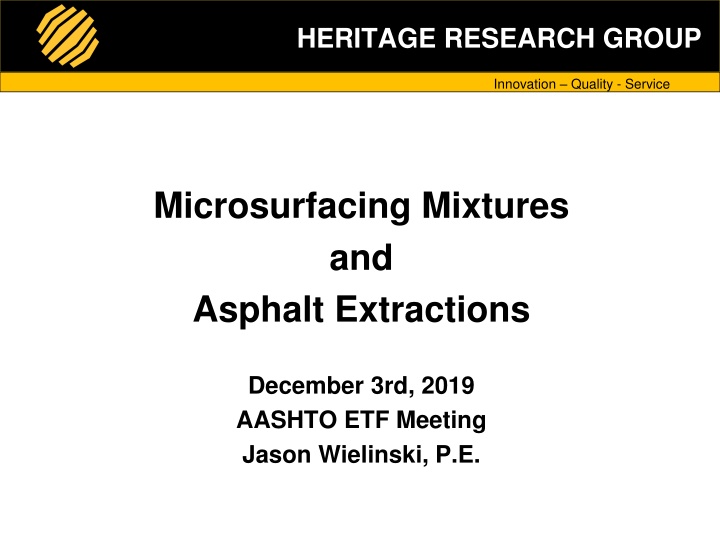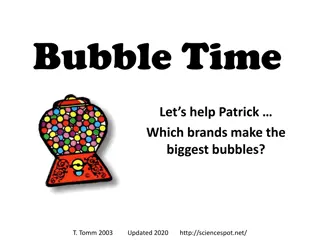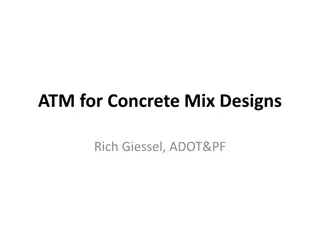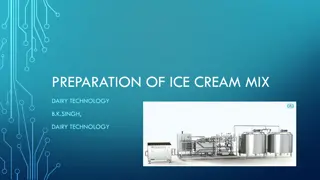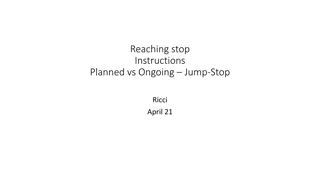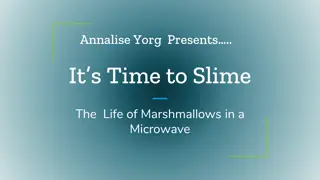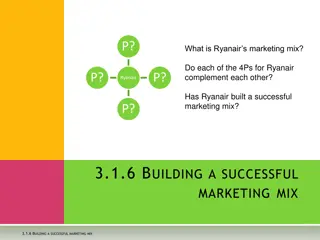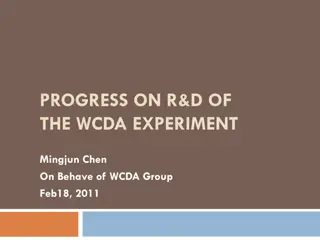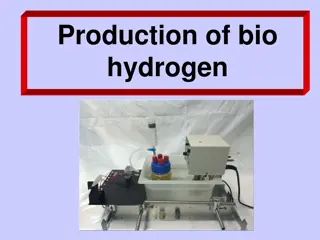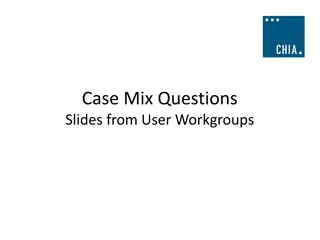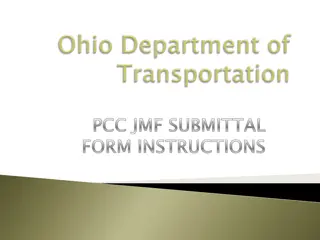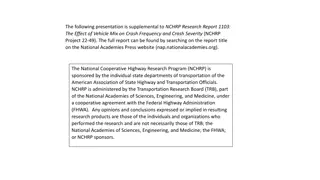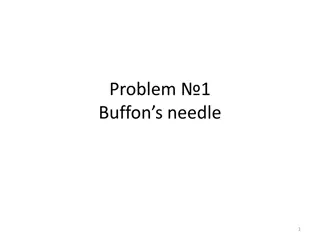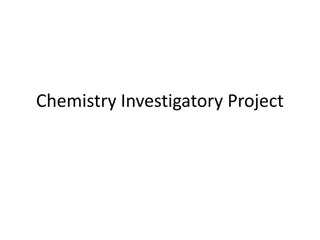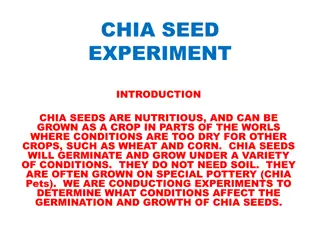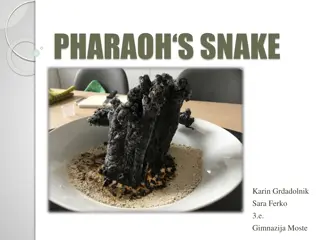Microsurfacing Mix Analysis and Experiment Results
The content discusses various aspects of analyzing microsurfacing mixtures, including performing solvent extractions to determine asphalt content, comparing results from different mix compositions, and setting up experiments with limestone aggregate mix. It also covers expectations for asphalt content, data analysis from different mixes, and exploring results with steel slag mixture. Different solvents and their implications are also considered.
Download Presentation

Please find below an Image/Link to download the presentation.
The content on the website is provided AS IS for your information and personal use only. It may not be sold, licensed, or shared on other websites without obtaining consent from the author.If you encounter any issues during the download, it is possible that the publisher has removed the file from their server.
You are allowed to download the files provided on this website for personal or commercial use, subject to the condition that they are used lawfully. All files are the property of their respective owners.
The content on the website is provided AS IS for your information and personal use only. It may not be sold, licensed, or shared on other websites without obtaining consent from the author.
E N D
Presentation Transcript
HERITAGE RESEARCH GROUP Innovation Quality - Service Microsurfacing Mixtures and Asphalt Extractions December 3rd, 2019 AASHTO ETF Meeting Jason Wielinski, P.E.
Question for the Group Innovation Quality - Service Can one perform a solvent extraction on microsurfacing mix to accurately determine asphalt content?
Microsurfacing and Asphalt Content Innovation Quality - Service How do we check the asphalt content of a microsurfacing mix? Do we need to check AC content? Agencies are interested in developing a QC tool Do we treat this type of a mix like a standard bituminous mix? Solvent Extraction Type of Solvent? Ignition Oven?
Experiment Innovation Quality - Service Let s set up an experiment Limestone Aggregate Mix Trichlorethylene solvent Typical 11.5% latex modified emulsion with cement Same mix with no cement Same mix with cement, no latex How do the results compare?
What should we expect Innovation Quality - Service If we have a micro mix with a emulsion content of 11.5%, What should we expect asphalt content to be? Assuming 65% solids, Asphalt residual content is 7.5% So what should we hope to get for the extraction? 7.5% ? How about 7.0% (Dry weight of Aggregate versus total weight of mix)
DATA!! Innovation Quality - Service Mix 1 (7.5% RC, No Cement) 500 0 65.9 57.6 623.5 Mix 2 (7.5% RC, Cement) 500 5 61.3 57.6 623.9 Mix 3 (7.5% RC, No Latex/No Cement) 500 0 64.6 59.6 624.2 Aggregate Portland Cement Water Emulsion Total Mix Weight (g) 65.1% 37.5 65.1% 37.5 63.3% 37.7 Emulsion Residue (%) Mass of Asphalt Asphalt Content (%) TWM 7.0% 6.9% 7.0% Cured Mix (g) 537.3 543 537.7 Extracted Agg Mass 500.4 506.2 500.4 AC% 6.9 6.8 6.9
What if we look at a different aggregate? Innovation Quality - Service Steel Slag Mixture Aggregate Portland Cement Water Emulsion Total Mix Weight (g) Mix 1 (7.5% RC) 500 5 48.7 56 609.7 Mix 2 (8.5% RC) 500 5 50.7 63.4 619.1 67.0% 37.5 67.0% 42.5 Emulsion Residue Asphalt Mass (g) Asphalt Content TWM (%) 6.9% 7.8% Cured Mix (g) 541.8 548.2 Extracted Aggregate (g) 505.8 506.1 AC% 6.6% 7.7%
Different Solvent? Citrus Based Results Innovation Quality - Service 8.5% Limestone 500 5 53.7 67.4 626.1 8.5% Steel Slag 500 5 50.1 64.6 619.7 Aggregate Portland Cement Water Emulsion Total Mix Weight (g) 63.1% 42.5 65.8% 42.5 Emulsion Residue Asphalt Mass (g) Design Asphalt Content TWM (%) Extracted Asphalt Content (%) 7.7% 7.7% 7.2% 7.3%
Citrus Based Extraction Innovation Quality - Service TCE added to citrus-based extracted aggregates
Lessons Learned Innovation Quality - Service Glass Pans Fully Cured Systems Slag Aggregate Further Understanding Solvents? Anything we are missing?
